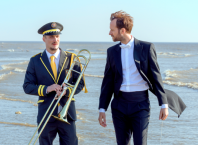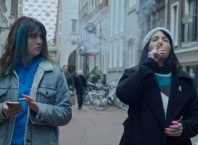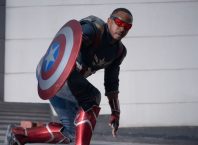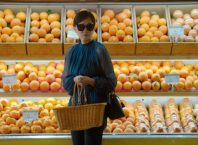Yael Bartana’s Polish Trilogy was first shown last year to critical acclaim at the Polish pavilion at the 54th Venice Biennale. Since then it has since been screened in museums around the world. It has now come to Israel. And shouldn’t be missed.
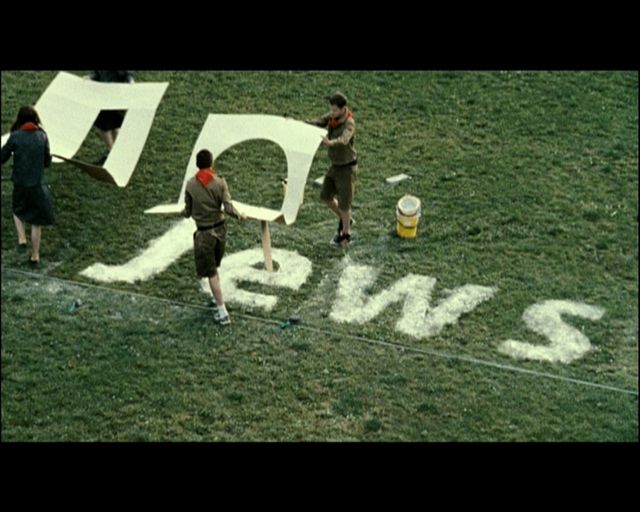
The films with their complex, wide-ranging messages address topics that few Israeli artists would dare to address, among them the return of refugees and the possibility of the establishment of a Jewish homeland outside Israel. In Mary Koszmar (Nightmares 2007,) the first film in the trilogy, a young Polish man played by Slawomir Sierakowski, in real life a sociologist and editor of a Polish left-wing magazine, stands in a deserted Warsaw stadium and delivers a long, impassioned speech in which he calls for the return of three million Jews – the number living in Poland before the Holocaust – to their native country. Addressing “Jews, Countrymen, People” he proclaims that the Polish people know today that they cannot live alone. “We need the other, and there is no other closer for us than you…Heal our wounds and we will heal yours.” As he speaks children in school uniform stencil the key message of his speech onto the grass “Three million Jews can change the lives of 40 million Poles.”
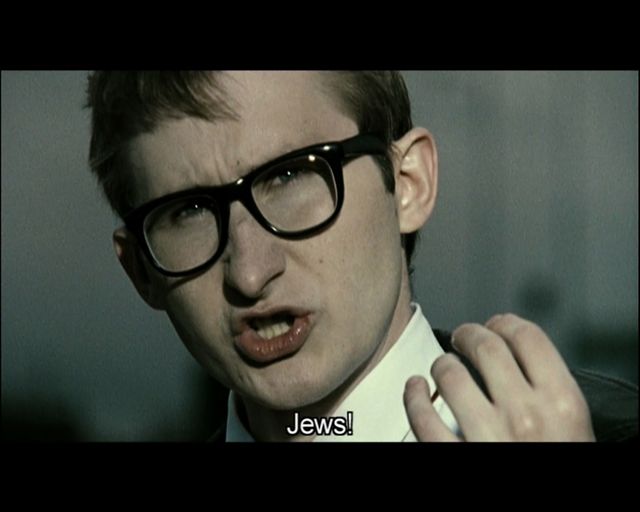
Mur I wieza (Wall and Tower 2009), the second piece, was a happening orchestrated by Bartana in a park in the Muranow district of Warsaw, near the planned site of a Museum to the History of Polish Jews, and close to a monument to the memory of the Ghetto Fighters. There, scores of young people erected a kibbutz, employing antiquated methods of building that hark back to rural post-revolutionary Russia, or to the Jewish pioneers in Palestine early in the 20th century. (The title of this piece refers to the Tower and Stockades built in this country in response to the Arab riots of 1936-1939.) As then, Bartana’s Muranow kibbutz is constructed from pre-fabricated wooden sections and levered into place through the efforts of scores of people.
When the building was finished, a flag was hoisted bearing an insignia that was a cross between the Star of David and the Polish eagle. Barbed wire was the affixed to the surrounds of the kibbutz bringing to mind a concentration camp.
Zamach (Assassination,2011) the final part of the trilogy, depicts a funeral march and graveside eulogies for the assassinated leader who delivered the speech in the first part of the trilogy.
But fantasy has become reality. In 2007 Bartana initiated a political party: the “Jewish Renaissance Movement in Poland” which already has many followers. Its first international congress was held in May as part of the 7th Berlin Biennale for Contemporary Arts.
Helena Rubinstein Pavilion, Tel Aviv Museum
The show has no closing date


